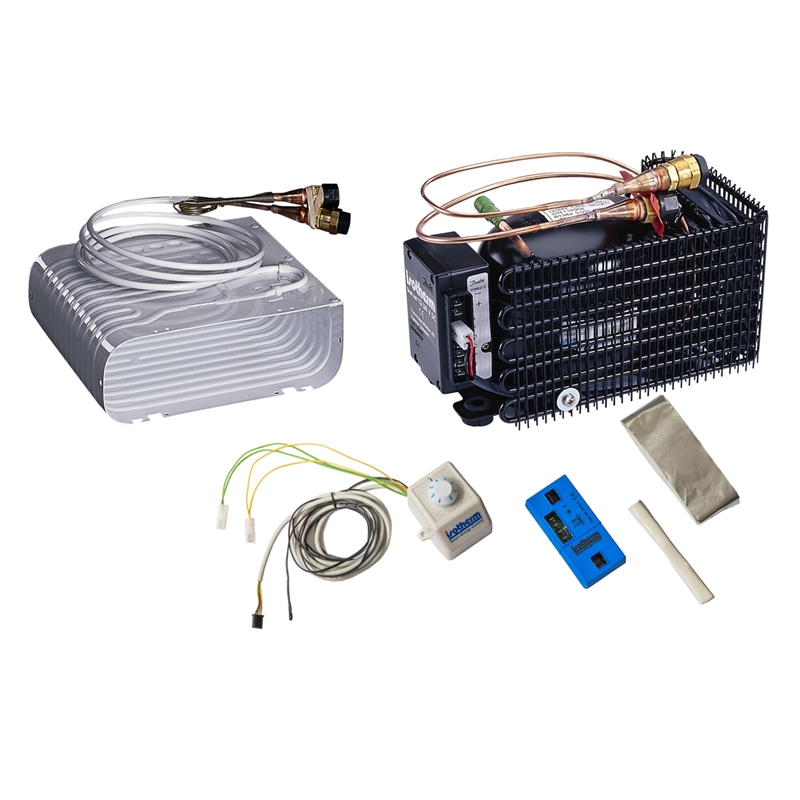Introduction:
High-quality sound is a critical element in television shows, enhancing the viewer’s experience and immersing them in the storytelling. However, achieving consistent and top-notch sound can be a challenging task. In this article, Dylan sidoo shares insights into producing high-quality sound for television shows.
1. Prioritize Sound from the Beginning:
One common mistake in television production is neglecting the importance of sound early on. Treating sound as an afterthought can lead to compromised audio quality and costly fixes down the line. It is essential to allocate sufficient time and resources to sound production from the outset. By doing so, you can ensure a seamless integration of sound elements and save valuable time and expenses in post-production.
2. Seek Understanding and Ask Questions:
To produce high-quality sound, it is crucial to have a solid understanding of the technical aspects involved. Don’t hesitate to ask questions and seek clarification from experienced professionals. Collaborating with knowledgeable sound engineers and experts will help you grasp the intricacies of TV sound production and ensure that you make informed decisions throughout the process.
3. Selectively Record Sound:
Not every sound needs to be captured during production. A skilled television sound mixer knows when to prioritize specific sounds and when to exercise restraint. Focusing on essential elements, such as dialogue and narrative drive, allows viewers to fully engage with the story. Excessive background noise or irrelevant audio distractions can dilute the impact of critical moments. Therefore, exercising discretion in sound recording is essential for maintaining clarity and enhancing the viewer’s experience.
4. Harness the Power of Multiple Microphones:
Creating a compelling sound mix requires careful integration of live and recorded audio elements. While it is possible to achieve satisfactory results with a single microphone, using multiple microphones and mixing boards offers greater control and precision. This approach allows for capturing a range of sounds and perspectives, resulting in a more immersive and dynamic audio experience. The careful balance and blending of audio sources ensure high-quality sound throughout the television show.
5. Utilize Sound Editing and Mixing:
Post-production sound editing and mixing play a crucial role in refining the audio quality of television shows. Skilled sound editors employ advanced techniques to enhance clarity, remove unwanted noise, and optimize the overall sound mix. Through precise adjustments, equalization, and audio effects, the final sound mix can be tailored to meet the desired aesthetic and narrative objectives.
Conclusion:
Producing high-quality sound for television shows requires careful attention, technical expertise, and collaboration among sound professionals. By prioritizing sound from the beginning, seeking understanding, selectively recording audio, utilizing multiple microphones, and leveraging sound editing and mixing, television producers can create captivating soundscapes that enhance the viewer’s engagement and overall enjoyment of the show. A commitment to excellence in sound production contributes to the success of television programs and leaves a lasting impression on the audience Click here Dylan sidoo.


